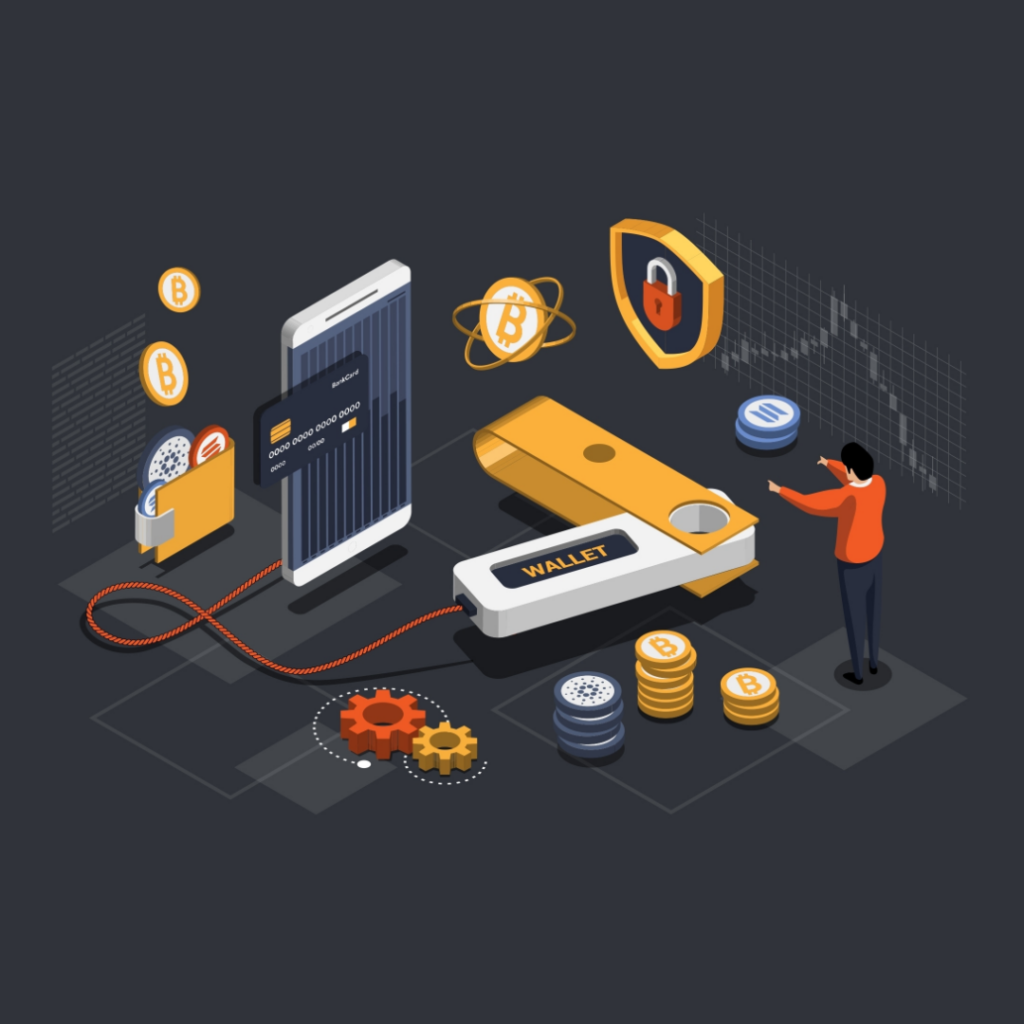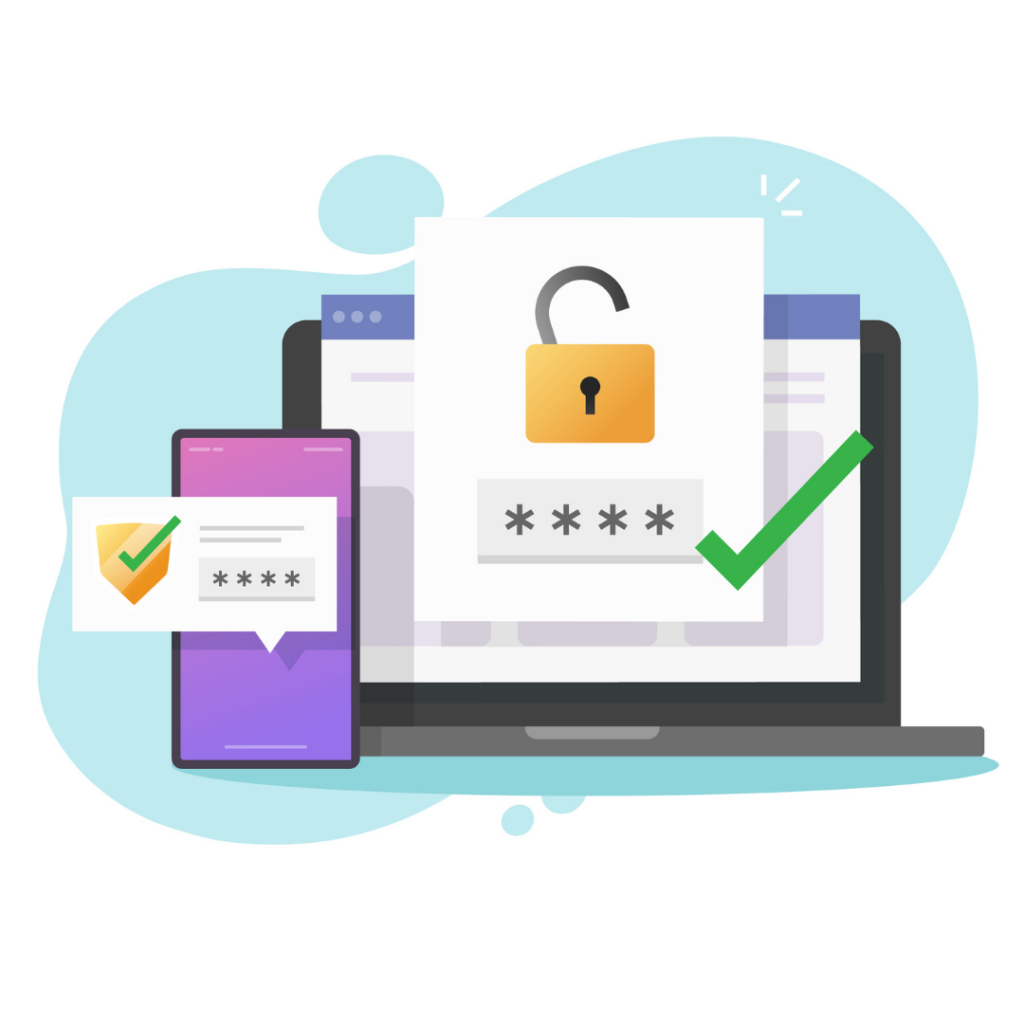5 Best Practices to Protect your Crypto
In a series of crypto hacks, the Binance Smart Chain is the newest victim, with $570 million stolen from its blockchain network. Even though you can’t do much to stop these attacks on blockchain networks, there is a lot you can do on your end to protect your crypto to the best of your abilities.
In this article, we’ll share the 5 best practices to protect your crypto and ensure maximum security of your assets in a vulnerable infrastructure.
Use Non-Custodial Crypto Wallets
First and foremost, you must understand the difference between custodial and non-custodial crypto wallets.
The key difference between the two is in custodial crypto wallets, you don’t have access to your own private keys. Instead, a third party, called the custodian, is responsible to manage and protect your private keys. However, any involvement of a middleman or third party exposes you to risks of hacks and compromises.
On the other hand, in non-custodial or self-custodial crypto wallets, you have access to your own keys. Hence, you’re the one responsible to manage and protect it. While you may still be subject to social engineering and phishing attacks (which we’ll address later), at least you eliminate the risk of network hacks and compromises.
Overall, it’s better to store your assets in a non-custodial wallet to protect your crypto. Plus, you get more control, better security, user anonymity and so on.
Check out our list of best non-custodial crypto wallets.
Spread your Crypto Assets in Multiple Cold Wallets

What exactly is a cold wallet?
Sometimes, they are called cold wallets. Sometimes, offline wallets or hardware wallets. To put it simply, these are wallets not connected to the internet. Therefore, they are far safer than hot wallets (wallets connected to the internet), like exchange wallets or any web or app-based wallets.
Check out our list of best crypto hardware wallets.
If you have a lot of cash invested in crypto assets, spreading them across multiple cold wallets can help minimize losses if you somehow do get hacked in the future. It’s probably the most effective way to protect your crypto.
However, you’ll sacrifice a lot of convenience for it. Plus, having multiple crypto wallets means you’re responsible for multiple private keys and seed phrases.
Remember, if you lose your private keys and the seed phrases, you’ll lose all your assets. And it’s impossible to recover your wallet without the seed phrases.
That being said, all this hassle is still worth it if you’re a high net-worth individual with a substantial investment in cryptocurrency.
Use Two-Factor Authentication

Two-factor authentication has become a new standard for security measures for online accounts, whether it’s your Google account, a crypto wallet or an exchange account.
Two-factor authentication, or 2FA, is basically an extra layer of protection beyond your username or email address, and password. It can be facial recognition, fingerprints or a one-time password.
Make sure you enable two-factor authentication for all your online accounts to protect your crypto.
Only Use Reliable Crypto Exchanges & Platforms
It’s crucial that you only use reliable platforms and avoid new or unpopular crypto exchanges and platforms. Check out our list of best crypto exchanges.
What makes a crypto exchange or platform reliable is a combination of things, including strong security measures, popularity and reputation.
It’s pretty self-evident why you would want the platforms to have strong security measures, but why popularity and reputation? Popularity is a social proof indicator that signals that other users approve of the product. Lastly, a platform can claim whatever they want, but its reputation will tell us if its claims hold any weight.
You should also learn about the differences between centralized and decentralized crypto exchanges since the DeFi space is much more vulnerable to hacks and scams. Understanding the basics can help you identify and avoid some common pitfalls.
Don’t Fall for Crypto Scams & Rugpulls

Scams, rug pulls, and pump-and-dump schemes are rampant in crypto, especially in DeFi. In 2021, the DeFi space lost $2.8 billion to rug pulls.
Rug pulls and pump-and-dump schemes are basically projects that create a lot of buzz and FOMO in the short-term, compelling people to invest in them. After accumulating a decent chunk of money, the developers, then cash out with the investor money, leaving the users with a ghosted project.
People are getting smarter and smarter about rug pulls, and so are the scammers. They are coming up with new and innovative ways to scam people.
Here are some things to look for when investing in a new project you aren’t sure about and protect your crypto from these scams –
- Understand the basics and learn fundamental analysis
- Find out if there are any underlying value or real-world use cases for the project.
- Read the whitepaper and check their roadmap.
- Do a background check on the developers and creators of the project.
Check out our guide on avoiding crypto scams and rug pulls to know more about this in detail.
Basic Safety Practices
The following are some basic safety practices that apply to all your online activities:
Beware of Social Engineering & Phishing Attacks
Social engineering or phishing attacks are when a scammer pretends to be someone or something they are not to extract critical information from you. In the context of crypto, this critical information could be your private keys or seed phrases.
Once someone gets access to one of these two, they can create a clone of your wallet and steal all your assets. So, beware of such attacks.
- Don’t share this information with anyone.
- Don’t click on untrusted links and sources.
- Don’t enter personal details like phone numbers or email addresses on untrusted websites.
- Install an antivirus on your phone and computer.
Don’t Use Public WiFi
Whether you’re trying to protect your crypto or not, using public WiFi is just not a good idea overall.
Skilled hackers can gain access to your computer and extract personal information like email addresses and passwords if you’re connected to the same public WiFi.
Use VPN
Along with using an antivirus, you should also consider using a VPN, as it masks your IP address and provides an extra layer of protection against hackers. Not to mention all the other benefits of using a VPN.
Create Strong Passwords
The more generic and meaningful your passwords are, the more vulnerable you’re to hacks. The more random and complex your passwords are, the more protected you’re from hacks.
Follow the standard guidelines for creating strong passwords, which include a combination of uppercase and lowercase letters, special characters and numbers.
The best solution is to use a paid password manager, like BitWarden, to store and protect your passwords.
Final Thoughts
Although you can never be a hundred percent sure, following these 5 best practices to protect your crypto will definitely make you a difficult target for hackers and scammers.